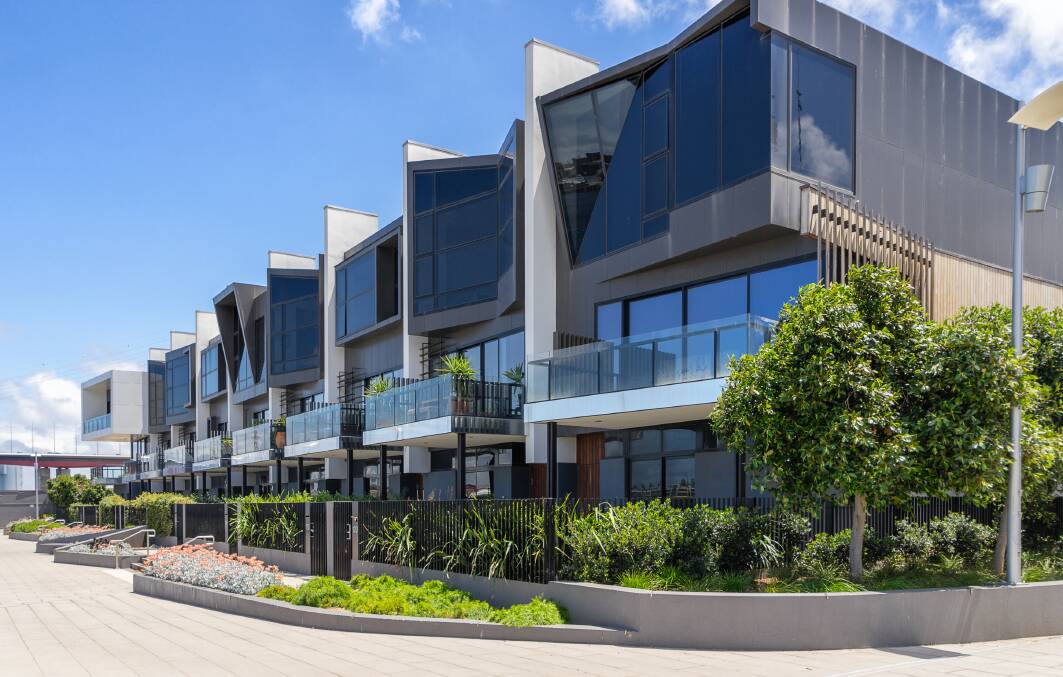The share house may be on the rise as rents rise once again, according to a national property forecaster.
National rents are now 27.4 per cent higher since the onset of COIVD, equivalent to a $127 per week increase on the median dwelling rent in Australia, following the latest rises outlines in the CoreLogic Quarterly Rental Review.
This included the latest rise of 2.5 per cent on the median national rent for a dwelling, including both houses and units. This brings the median national rental to $589 a week.
With rents on the rise there will be an increase in average household sizes as more renters re-form share houses as a means of sharing the increased rental burden according to Kaytlin Ezzy, CoreLogic economist.

"We're already seeing an uptick in the average household size towards pre-COVID levels as individuals juggle housing pressures and find more affordable options amid the challenges of the current rental landscape," Ms Essy said.
"The combination of affordability challenges and undersupply of rental properties in tight capital cities markets such as Melbourne, where quarterly rents increased 3.9 per cent and Sydney, our most expensive capital, will likely drive more people towards share house arrangements particularly as leases expire."
Sydney continues to have the highest rents in the country with a median rent of $733 per week for a dwelling, after a 3.2 per cent rise in the quarter.
Units rents jumped by 4.3 per cent while house rents rose by a smaller 2.5 per cent.
The harbourside suburb of Vaucluse is the most expensive place to rent with a whopping $2692 rent a week required for the median dwelling.
Meanwhile renters can expect to fork over $1260 to rent a unit in Darling Point, which is the city's most expensive rental market.
The Melbourne suburb of Brighton has that city's highest rents for houses with the median house price being $1343. Beamuaris has the most expensive rental units, with a median rental costing $788.
Rents across capital cities rose more than across regional Australia, with Melbourne the city with the highest price hikes.
The gap between house and units rents also narrowed, as people looked for a cheaper option.
The next step could be more share housing.

"Splitting rents and share houses isn't a new trend and is almost a rite of passage for many young adults when they first leave home, but what we're likely to see is people either returning to this type of living arrangement, staying in a share house for longer or exploring this option for the first time in later stages of life," Ms Ezzy said.
"Additionally, we're likely also seeing more young adults choose to delay moving out of home, with some unable to afford market rents, while others are unable to secure a property without a rental history in an increasingly competitive rental market."
Despite the latest rent rises, overall the growth in rent has slowed down, both in the last three months and over the past year overall.
National rents rose 9.7 per cent, over the 2022-23 financial year, down from the record 10.2 per cent lift seen over the 2022 calendar year.
"The softening in rental growth occurred in spite of an ongoing surge in overseas migration and a continued shortage in rental supply, suggesting an increasing portion of tenants are reaching their affordability ceiling," Ms Ezzy said.
"While rental demand from overseas migrants is likely to remain strong for some time yet, particularly across the largest capitals, we've already seen a reduction in domestic rental demand via an increase in the average household size."







